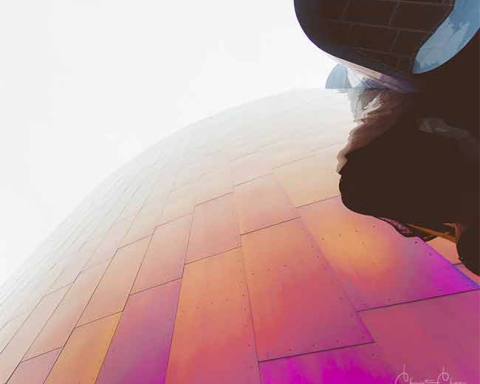
I love running in and around Seattle. From Green Lake to Pioneer Square, I am always on the go. I’m a member of several running groups in Seattle and a Running Meetup as well. It is actually one of the my favorite things to do besides eating or sleeping honestly. I have several grandchildren and want to make sure I’m around for a long time and this means to respiratory and circulatory system need to be in tip top shape. I wasn’t always in this great shape though.
Pins and needles are one of the first signs by which we know that our circulatory system is perhaps not reaching the parts that it should. If your circulation is sluggish like mine was, the outlying regions such as fingers and toes will suffer they may be tingly, they may be cold, but they wont be happy. Here is why. The circulatory system is meant to transport blood around the body to take oxygen and nutrients to the cells and take waste matter away. This is vital: no oxygen means tissues die and no waste disposal means toxic build-up in the tissues.
Before anything quite so drastic happens, though, we get advance warning in the form of chilly hands and feet and the pins and needles that mean that blood flow is restricted. It’s not a good sign. The heart needs to be pumping strongly enough to get blood through the whole arterial system, right to those far-flung areas such as the toes. If you have low blood pressure, this is unlikely to be happening. Try Crataegus for 6 to 12 months to bring your blood pressure up to a healthier level. Running and getting in shape helps with this and that is why I’m constantly running around the City of Seattle.
Many people don’t realize that low blood pressure, whilst being useful for reducing heart attacks, causes other symptoms such as dizziness, light-headedness, fatigue and sensitivity to cold, due to the lack of oxygen getting
to the head and the other extremities.
The other factor that contributes to poor circulation is spasm in the arteries, especially the smaller ones that
lead further into the tissues and organs. Here, Ginkgo biloba will help you. It relaxes spasm in the small arteries and allows blood to flow more smoothly out to those areas that might not have had good deliveries for a while. I will take it daily and I believe it helps overall with these issues.
If you’re not sure what is causing your poor circulation, do consult your doctor to check for contributing factors such as low blood pressure. It is safe to take Crataegus and Ginkgo together for a 6 to 12 month period if you want to give your whole circulatory system a good overhaul. If you are concerned about fatty deposits in the arteries, taking Crataegus in the form of Hawthorn-Garlic Capsules will be appropriate, as it contains further ingredients to address this issue.
Remember that you can’t take Ginkgo if you are on Aspirin or Warfarin. The recent research on Ginkgo biloba tincture revealed that it increased blood flow through the capillaries (the tiny blood vessels that lead off from small arteries, deep into the tissues and organs), and even opened up capillaries that were previously unused. Wonderful results from a simple herbal remedy!
Hope this article helps our Seattle residents with better health and happy living. Now go for a run!
*Be sure to always consult a physician before starting any fitness program or taking our advice. The Emerald City Journal Newspaper recommends doing your own research about this topic and verify with a Seattle physician to implement the procedures expressed in this article.





